
In his first days as president, Donald Trump has made waves with a series of wide-ranging executive orders. These controversial orders include: Mandates on his biggest campaign promise of a border wall, a ban on immigration from seven countries and an order authorizing the advancement of the Dakota Access pipeline, a 1,172-mile subterranean oil pipeline originally planned to run through North Dakota. Now, I certainly don’t intend to argue that we need a $15 billion wall along our southern border, or that the catastrophic amount of terrorist attacks carried out on United States soil by refugees, which is actually zero, justifies such a ban. However, President Trump is right about one thing – the Dakota Access pipeline should be built.
The benefits of this pipeline project have largely flown under the radar, avoiding coverage by most of the major media networks. Connecting American energy sources to domestic markets is crucial to the pursuit of American energy independence, which would finally end our reliance on foreign energy markets – the same reliance which many believe to be the cause of our involvement in the Iraq war. Additionally, the economic impact of the pipeline would be massive. Just during its construction, the pipeline created 12,000 jobs and can continue to provide middle class, blue-collar jobs for years to come. North Dakota, South Dakota, Iowa and Illinois will receive huge influxes of taxes and spending that will stimulate their economy and can fund reinvestment in schools and other government programs. It’s estimated that completion of the pipeline would result in a nearly $5 billion increase in production and sales in the region. But when President Barack Obama’s administration, under enormous pressure from a liberal countermovement against the pipeline, declined to issue the final easement for the project, its progress was put on hold.
Protesters in recent times have flocked to North Dakota, including celebrities such as Shailene Woodley, attempting to disrupt the pipeline’s construction. They’ve cited concerns that the pipeline could traverse through ancestral Native American lands, violate the rights of the Standing Rock Sioux Tribe, contaminate their water supply and pose other safety hazards. But these concerns, while well-intentioned, simply do not hold up to a fact-based analysis. To clear up one common misconception, at no point anywhere along the pipeline’s path does it ever cross or enter the Sioux reservation. The ancestral lands that the tribe has pointed to are outside of their reservation and North Dakota’s state Historic Preservation Office concluded that there are “no significant sites affected.” In fact, when the Standing Rock Sioux Tribe sued the Army Corps of Engineers over this project, the United States District Court for the District of Columbia decided that the tribe “has not shown it will suffer injury” as a result of the pipeline’s construction and denied their claim. As for the rights of the Sioux tribe, they were able to meet with the U.S. Army Corps of Engineers to provide input on the pipeline’s route as part of a coordinated effort to meet 389 times with 55 different tribes in order to respect the rights of indigenous people during the planning process for this project. Both the Missouri River and Lake Oahe, vital water sources not only to the Sioux but to the entire region, have been pointed to as sources that face potential contamination as a result of this pipeline’s operation. However, the technology used in this pipeline’s construction is extremely safe and even exceeds federal requirements for water crossings by 35 percent. While there’s always some element of risk involved in any infrastructure project, pipelines like this are a common practice and run deeply underneath water sources throughout the country. Additionally, there are already natural gas pipelines running through both bodies of water – a fact often overlooked by the mainstream media. The pipeline will also eliminate or reduce to a large degree to the current system, wherein large amounts of crude oil is transported through the region daily via rail cars and trucks, which pose their own environmental and safety concerns.
This rhetoric, fueled by environmental extremists who oppose any and all use of fossil fuels, disguises an important fact – that in this particular instance, President Trump’s executive actions are actually in the public’s best interests.
Bradley Polumbo is a Collegian columnist and can be reached at [email protected].



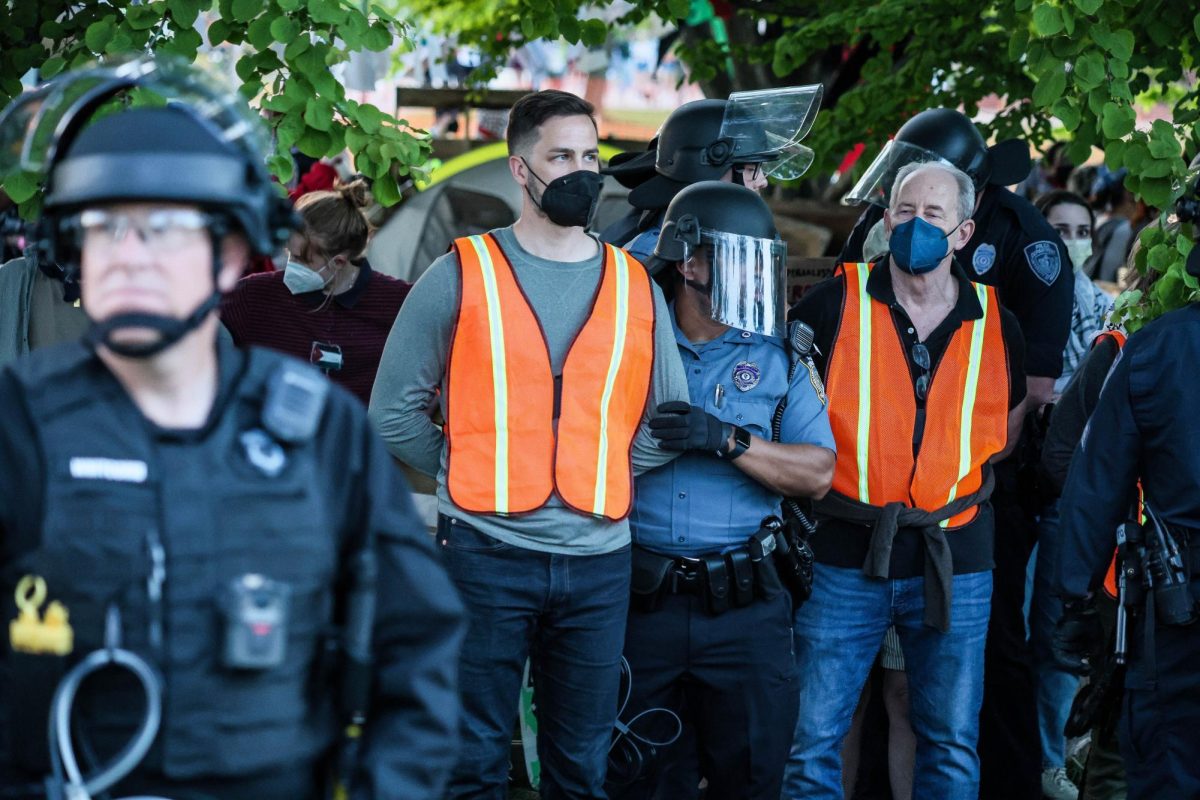

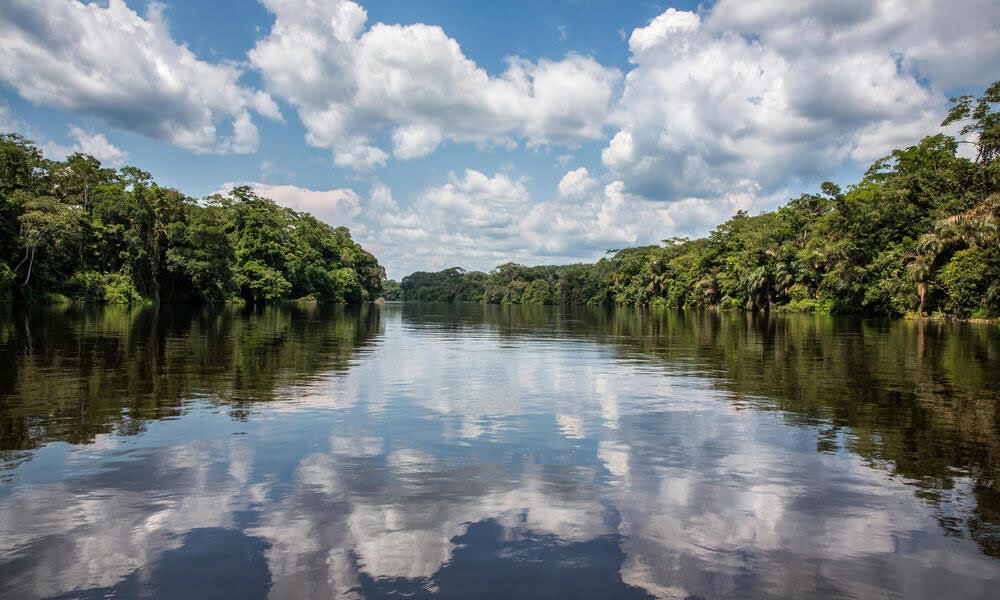


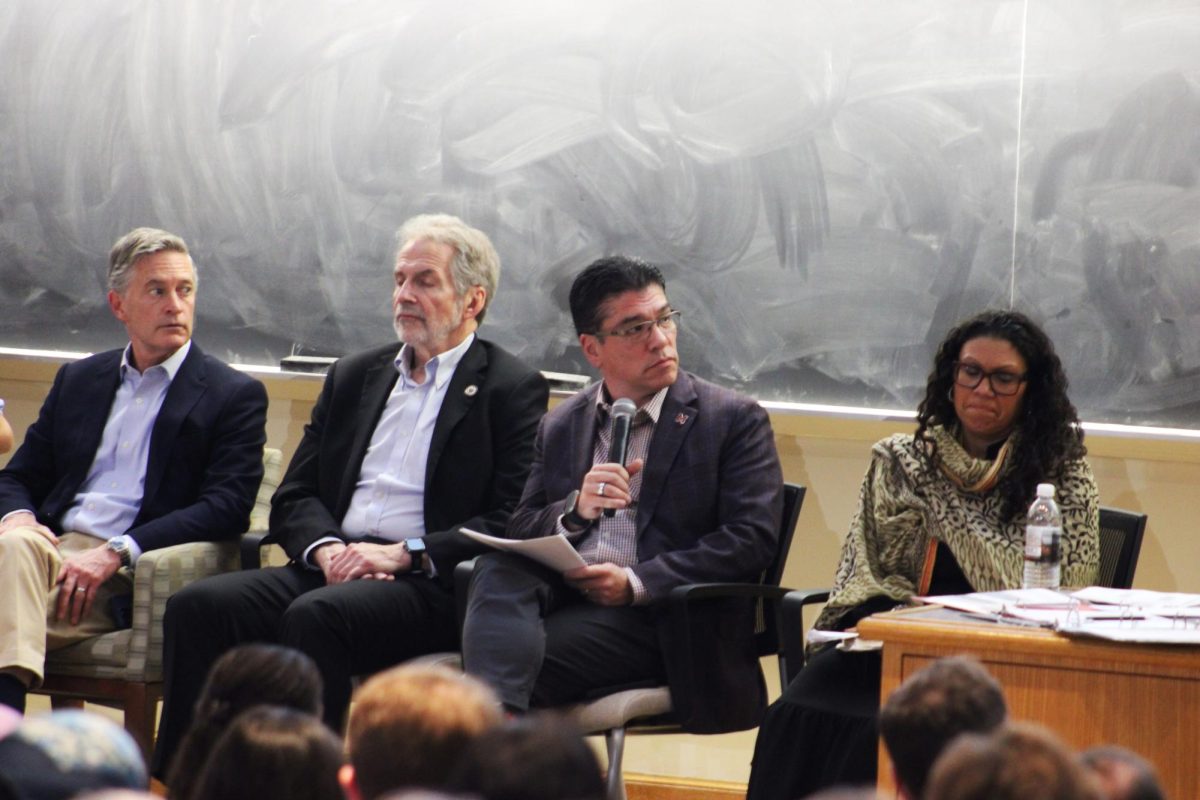

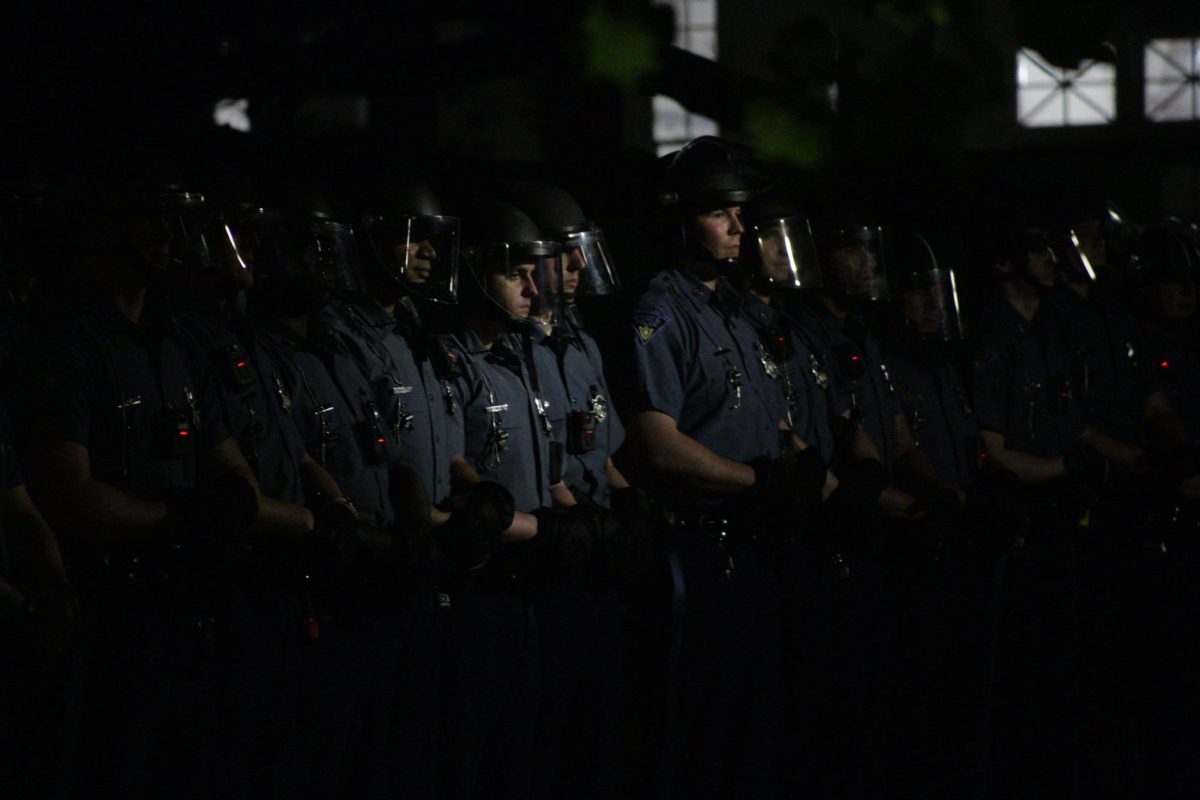
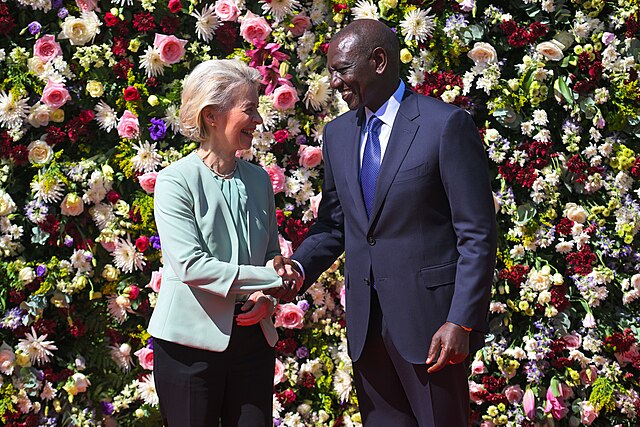






David Hunt 1990 • Feb 3, 2017 at 1:12 pm
Forget the wall. A minefield would likely be cheaper.
Zac Bears • Feb 2, 2017 at 8:09 pm
Really managed to piss everyone off with this one Becky
Ainsley • Feb 1, 2017 at 10:48 pm
There are more potential jobs available in the renewable energy field. The US could become energy independent with the development of solar, wind and hydropower. Please, read into energy harnessing practices hat are not detrimental to our environment, just because you personally don’t feel the impacts of climate change doesn’t mean they don’t exist.
David Fitzgerald • Feb 1, 2017 at 9:05 pm
thank you Brad Polumbo
THANK YOU for this
a humble suggestion: perhaps your next piece could be about the massive use of fossil fuel at UMass
yes, most don’t know about the $94 million dollar per year budget for the UMass Central Heating Plant
most don’t know about the natural gas PIPELINE running directly to the power plant
Brad, you have the ability to educate the UMass community about their dependence on fossil fuel
will you accept this challenge?
I hope you will consider it
thanks again for your efforts in writing this piece
signed,
a concerned UMass employee
Sitting Bull • Feb 1, 2017 at 5:00 pm
Build the pipeline AND the wall. Pipeline can pay for the wall, wouldn’t that be ironic. Pipeline serves several aims: 1) keeps North American oil in North America; 2) reduces dependency on Middle East oil so we can get the out of that sand hell; and the main reason no one talks about – 3) gives China economic competition/less access to cheap Canadian oil and driving up the price of doing business for them. Excellent article. Finally someone at UMASS swayed by logic, not hysterical emotions stirred up by a feckless media.
David Hunt 1990 • Feb 1, 2017 at 3:25 pm
ZERO terrorist attacks in the US? Really? Boston bombers? San Bernadino? For starters? Does it have to get so bad that women are afraid to go out at night, like they are in Germany, thanks to the refugee influx?
Funny, here’s Bill Clinton on illegals… saying the same thing as Trump on illegals. The difference is, everyone “knew” Clinton was not really serious, because today’s illegals are tomorrow’s Democrat voters.
http://politistick.com/flashback-dems-cheer-bill-clinton-proposing-crackdown-illegal-aliens/#
If illegal aliens voted MORE “R” than “D” every able-bodied Democrat would have been down on the border already building the wall. Why do you think Obama rescinded the long-standing Cuban refugee policy? Cubans vote “R”. Why did the Democrats betray and reject tens of thousands of Vietnamese boat-people? Because, having experienced Leftism and Communism, they’d be more likely to vote “R” than “D”. Since the long-term plan of the Democrats is to elect a new population to create a permanent Left majority, they love illegals.
http://sultanknish.blogspot.com/2012/07/when-governments-elect-another-people.html
But I guess you need to be beaten, and your female friends raped, by an illegal or refugee before you figure it out. Apparently, Amherst etc. need to start vying for the title of “Rape Capital of the World”, as Sweden is thanks to its Islamic influx, before you figure it out:
https://www.gatestoneinstitute.org/5195/sweden-rape
No pipeline • Feb 1, 2017 at 1:28 pm
The U.S already reached peak oil in the late 70’s early 80’s. Our continued investment in oil extraction is pointless considering that we will never be able to affordably produce as much as we did during the peak. The government should be focusing jobs and money on renewable energy sources to ween ourselves off the reliance on oil.
The pipeline is a waste of time.
MGJ • Feb 1, 2017 at 10:18 am
A wall on our southern border is a necessity. Approximately 12-18 Million illegal aliens have invaded this country since the 1990s. Many of them coming through the porous border. How that, in and of itself, is not a major problem, I will never understand. It is estimated that illegal weapons, drugs and human trafficking over the border are about a $15-20 billion business. 6000 murders in Texas alone, hundreds of thousands of property crimes and other criminal acts perpetrated against US citizens and their land. The Mexican drug cartels de facto control southern AZ from the border to about 15 miles south of Phoenix. Eradicated diseases have sprung up again all over this nation. Millions added to the stealth welfare system of free hospital care and education. A shadow economy where earnings are hidden from taxation and billions of dollars sent out of the country to be spent elsewhere. And last, but not least, the illegal aliens themselves vulnerable and mistreated.
And none of this even mentions the fact that the CIA has determined that ISIS and other terrorist groups routinely try to make contact with the cartels for safe passage into our nation. Or the fact that our nation’s airports and immigration system are so overwhelmed. Can you imagine going to Russia or China without proper papers and they not only let you out of the airport, but hand you a meaningless summons to show up in a court weeks or months later with no repercussions if you don’t show? Of course not. They either jail you or send you back on the next plane. We are the only ridiculous ones inviting the demise of our own society with false ideals.
The Soviets used to have fortified borders in countries that weren’t even theirs – the old Eastern Bloc nations. Barbed wire/electrified fences, border guards every 500 meters, mines in the border areas nearby. THAT is what we need on our southern border. $15 billion for a wall is such a drop in the bucket it’s amazing that cost is even an issue. Jobs will be created and sustained in a beefed up border patrol.
Tell me, what is the harm to just let people in legally? It’s not like we don’t take in enough people already. As for the argument that central americans will do jobs that we won’t, then both we and they deserve a sensible, dignified guest worker program like what Germany has. A minimum wage and other basic rights, but an extraordinary route to actual citizenship. It’s all so simple, and the media rhetoric has got us all confused.